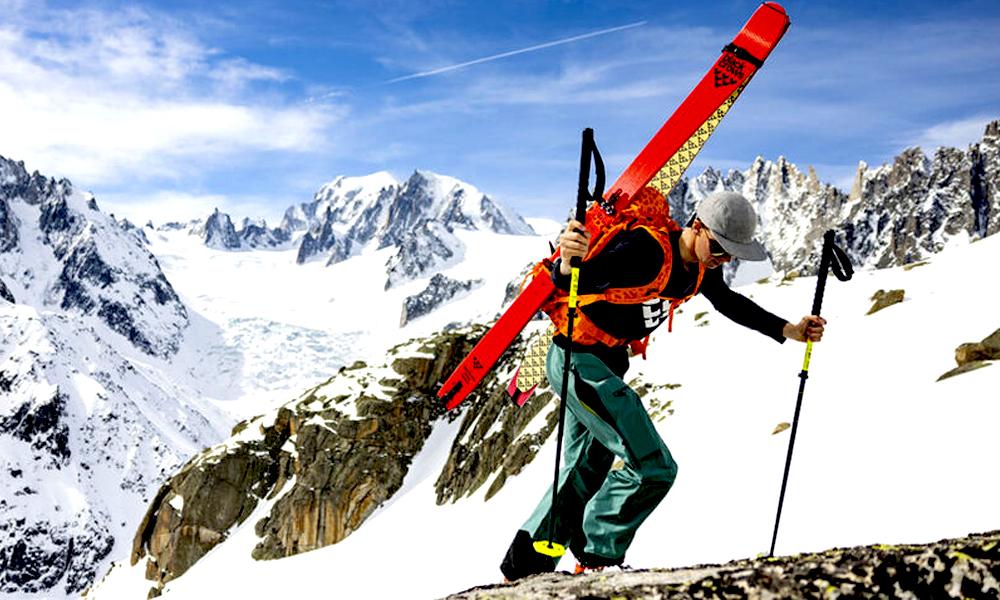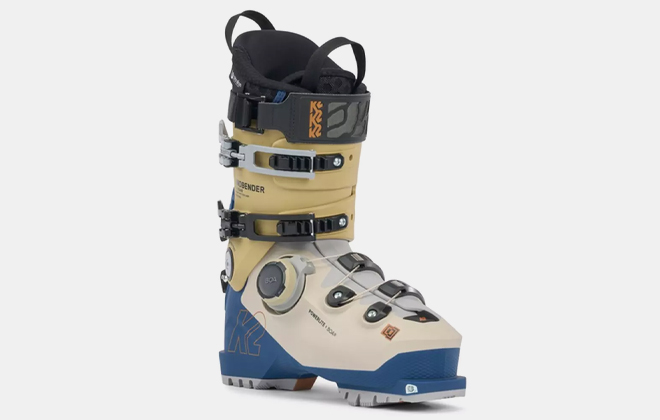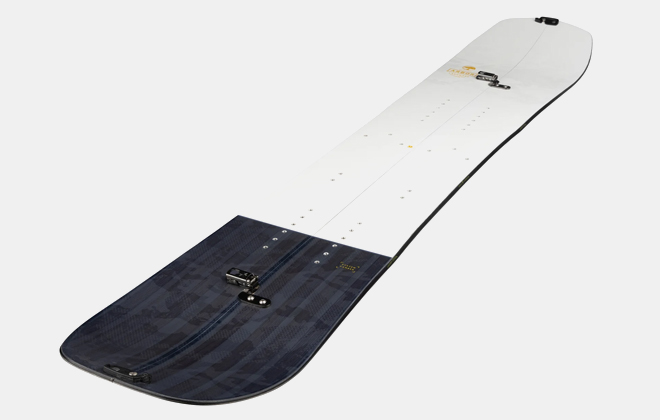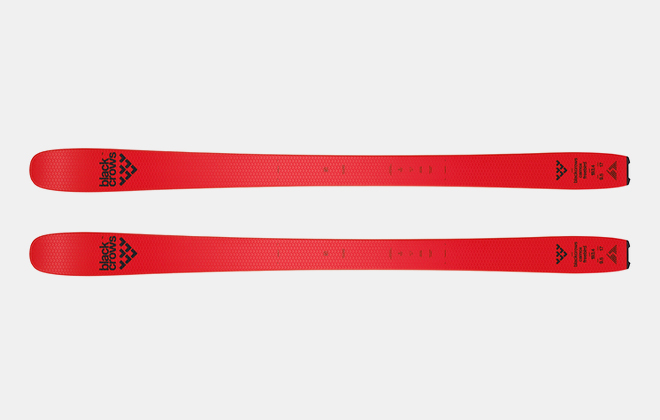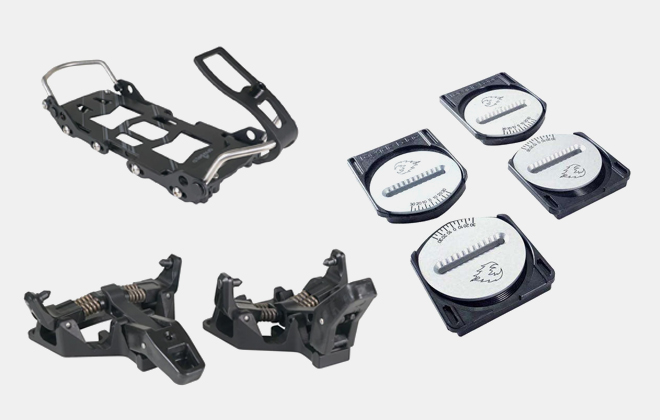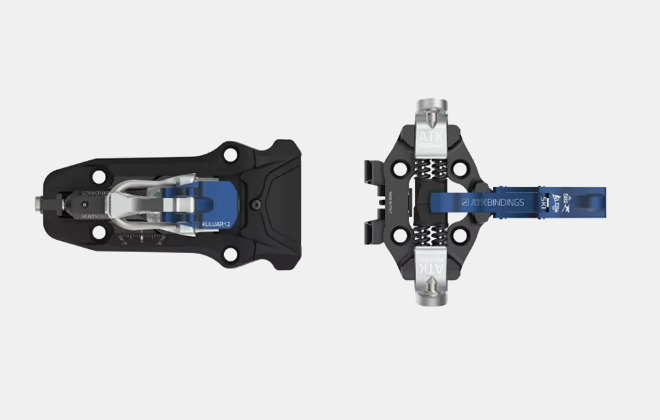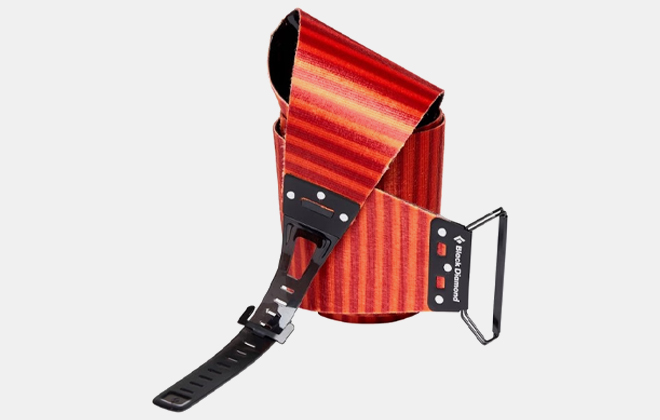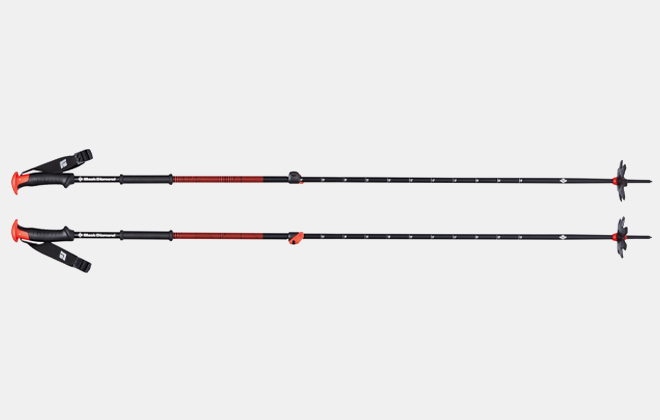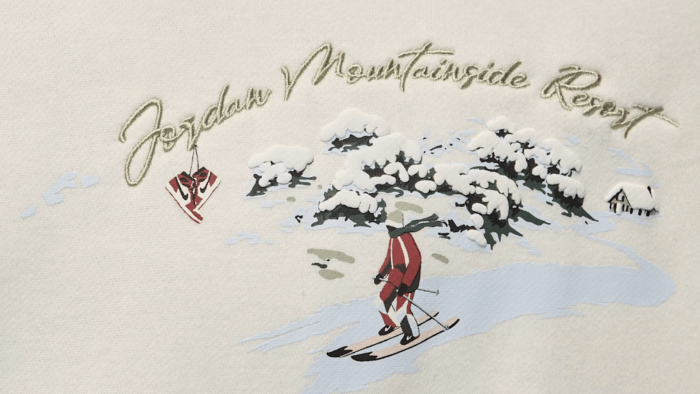Backcountry skiing opens a world of possibility for adventure and fitness. No longer confined to the piste, you’re free to explore as deeply as you wish in the backcountry, thanks to the wonderful asset that is America’s extensive assortment of public lands. In mountainous areas, many popular summer trailheads lead into accessible backcountry ski zones in the winter. With proper gear and research, you and your crew can ski untouched powder while enjoying a day free of lift lines, parking congestion, and $9 beers. Like anything having to do with skiing, getting into the backcountry requires a significant upfront investment – but you can offset some of that with the lack of expensive lift tickets or season passes you’ll need and the comforting fact that once you have the gear, all you need from there is a ride to the trailhead. In addition to what you typically bring to the resort, this backcountry ski gear will get you up the skin track efficiently and back downhill with ease.
K2 Mindbender 120 BOA hard boots
The Mindbender 120 BOA epitomizes every innovation in touring boot technology. Heat moldable Powerlite Shell construction keeps your feet warm even on frigid days, and the micro-adjustability of the BOA Fit System and MultiFit Last provide multiple adjustable tightening points that can be loosened for the ascent and tightened during the changeover at the top. The Powerlock Spyne walk mode gives 50 degrees of motion with each step, significantly more than you’d get in older ski touring boots or any standard snowboard boots. A major plus, as these boots can serve either skiers or splitboarders. As a splitboarder, these boots made me comfortable taking the leap into hard boot touring after nearly a decade of climbing in traditional boots. Before you blurt it out loud, I’m aware that soft snowboard boots have been among the biggest draws to single-planking since the days of the heated rivalry between Jake Burton and Tom Sims. But splitboarders in the know are switching to hard boots for three specific reasons. First, the lack of a need for full bindings (these clip into Tech Toes) on the ascent makes the board lighter and generally makes climbing faster and easier. Added ankle movement free from the clutch of the binding (that 50-degree range mentioned above) allows for a more complete foot movement, which puts slightly more gusto behind each step. Next, traditional snowboard boots, though softer and better fitted for comfort, are clunkier and wider. This, combined with the fact that you’re lifting a binding each time you step, can be awkward for new backcountry riders. Also, ski touring boots have evolved immensely in recent years to be more comfortable and easier to put on and take off.
Buy: $799.95For splitboarders: Arbor Landmark Splitboard
Arbor’s newest Landmark splitboard is available in traditional or rocker camber (skate style or banana style). I opted for the traditional camber because I’m more confident in riding this camber on any type of terrain. What really drew me to this board, however, is the Karakoram Ultra clips. No other splitboard I’ve ridden clips together so quickly or effortlessly – I’ve been out in near-zero temps and because the clips slide together vertically before being buckled, I had no problems clipping my board together when frost would have otherwise made it tough to push the buckle down. The board’s “Knucklehead” nose shape is designed to sift powder the either side, which it does very effectively. In deep powder, the board floats under minimal pressure on the tail. You’d have to try hard to nosedive on this board – even when the pitch flattens suddenly and you find yourself knee-deep in flattish powder, A quick front-to-back whip of the board with your feet will set you straight. It’s a great board to progress on in the backcountry and won’t require a massive new purchase as you get better–you can ride this one hard until the bindings fall off.
Buy: $699.99For skiers: Black Crows Camox Freebird touring skis
With 95 underfoot and an incredibly light build the Black Crows Camox Freebird touring skis are the best-selling option a brand that has become skiing’s grassroots all-star in recent years. The skis perform well in all conditions from powder to packed, with what the brand calls a “forgiving” design that will help newer backcountry users get comfortable with climbing and transitioning.
Buy: $849.95For splitboarders: Spark R&D Dyno DH Hardboot Bindings, Tech Toes
Spark R&D Dyno is the best-known name in splitboard bindings. The brand pioneered the modern binding setup and has translated that into the Dyno DH Hardboot Bindings for hard booters seeking a quick and easy ascent. Pair these with the brand’s Tech Toe, the lightweight uphill portion of the binding setup that clips the boot in the manner of telemark ski bindings, and the brand’s splitboard pucks and you’re good to climb.
Buy: $299For skiers: ATK Kuluar 12 Brake Bindings
ATK is the hot name in ski touring bindings right now, and the brand’s catalog makes it easy to see why. There are options for every type of tourer, from speed to freeskiing to classic touring. For the latter, the Kuluar 12 Brake Bindings are excellent for finding your foot in the backcountry. Various sizes are available to fit your skis and boot size. The setup weighs just under 9 ounces including the heel clip for descending, meaning you’re barely lifting anything each time you step on your ascent (the brand’s slogan is “Performing Through Lightness,” after all). With 10 mm of travel on the heel and four different walking modes (meaning how elevated your heel is when touring), you’ll be comfortable on steep climbs and mellower skin tracks.
Buy: $339.29Skins
The star of any successful backcountry tour is a good pair of skins. For skiers, Black Diamond’s Ascension nylon skins fit most touring skis when cut properly and offer the benefit of an adjustable tail strap that is easily moveable on the fly. This year’s model is 20 percent lighter than prior versions, the brand notes, and the metal hook at the top clips to the board much better than plastic hooks. Snowboarders should opt for the Nomad Pro Splitboard skins from Jones Snowboards. Much like the Black Diamond pair, these offer quick-tension tail clips and metal clips on the top. You can also trust that Jones Snowboards makes these in as eco-friendly a manner as possible.
Buy: $189.95Beacon, shovel, and probe
Backcountry skiing is significantly more dangerous than making turns at a resort. There’s potential for an avalanche anytime you venture into terrain that’s steeper than about 30 degrees, as well as anytime you’re traveling below such terrain where the runout from an avalanche could reach you. A slide can also happen wile you’re moving through a “terrain trap,” where runout tends to compile or avalanches can more easily be triggered. Avalanche occurrences aren’t random, there’s an increasingly well-understood science behind them (take an AIARE Level 1 course to gain a basic understanding). It’s possible to avoid avalanche terrain altogether by sticking to mellow slopes, dense trees, and lines free of terrain traps. However, you should never travel into the backcountry without proper safety gear, and for skiers, that means a beacon, shovel, and probe. The Backcountry Access Tracker3+ is a worthy beacon for touring expeditions. It sends your location signal to nearby beacons up to about 180 feet away to help them track you down if you become buried, and in search mode, you can follow the signal towards a buried companion. Backcountry Access also makes a good collapsible shovel to keep in your pack in case such a situation occurs. You’ll also need a probe to stick into the debris and locate a buried companion. Backcountry Access’ 330-cm avalanche probe is long enough to probe through most runout piles. Strap the beacon onto your person when leaving the trailhead, and keep the shovel and probe easily accessible in your pack.
Buy: $59.95Poles
Even snowboarders need poles in the backcountry. In general, you want collapsible poles that can strap to your pack if necessary. The Black Diamond Traverse Ski Poles do the trick with gusto. They collapse to pack-size and are designed for long days on the skin track. They’ll also do wonders when you come across an unexpected traverse or need a few pushes to get back to the trailhead at the end of the day.
Buy: $199.95Osprey Soelden touring backpack
Keeping with the theme of light uphill gear, the Osprey Soelden touring backpack provides 32 liters of storage space – enough for your safety gear, jacket, skins, water, lunch, and other necessities – into a lightweight bag that sits high on your shoulders rather than bulging outward like a tortoise shell. The pack moves well with the body on both the ascent and descent, hugging tightly at the hips and fastening across the chest. I made the switch to this pack last year as I needed more space but didn’t want a bulky bag, and have brought it with me on every tour since.
Buy: $180More Gear
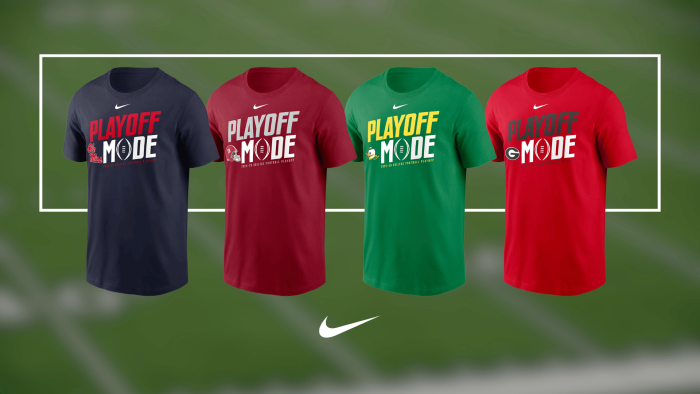
Bowl Season Gear by Nike
If you’re gearing up for the most wonderful, chaotic stretch of the college football calendar, start here.
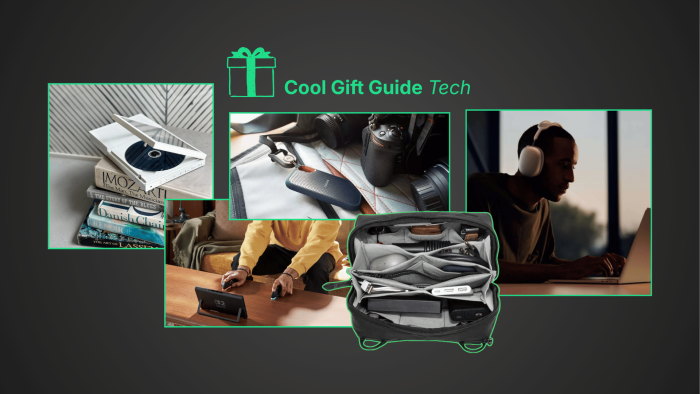
The Coolest Tech Gifts for 2025
Be sure to use ChatGPT to write the card.

